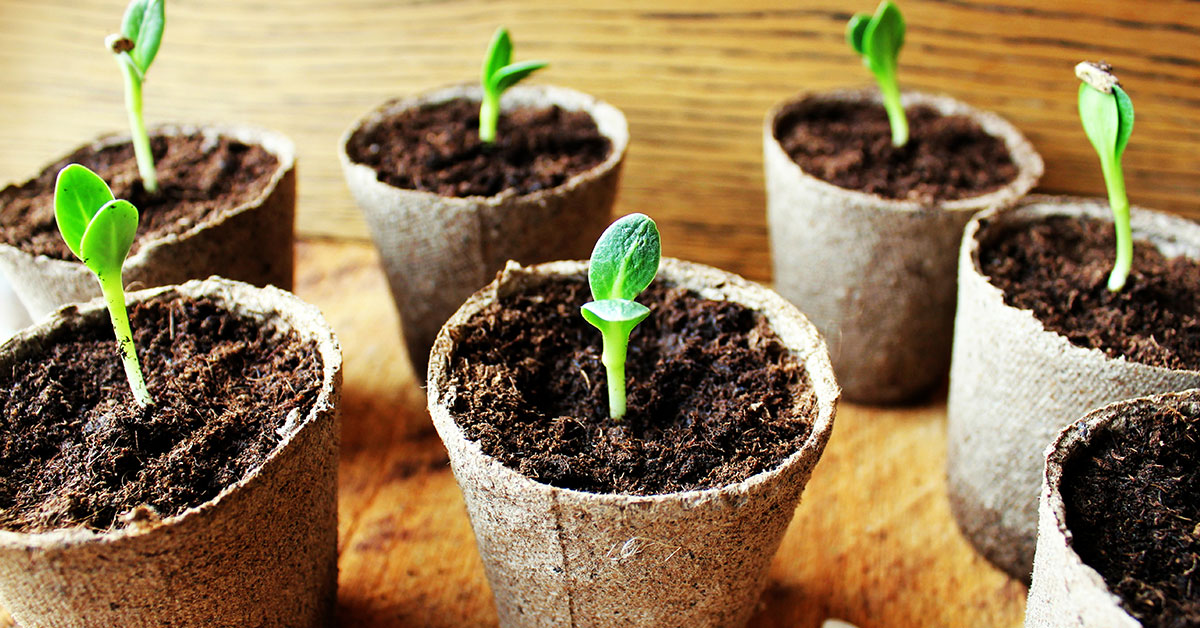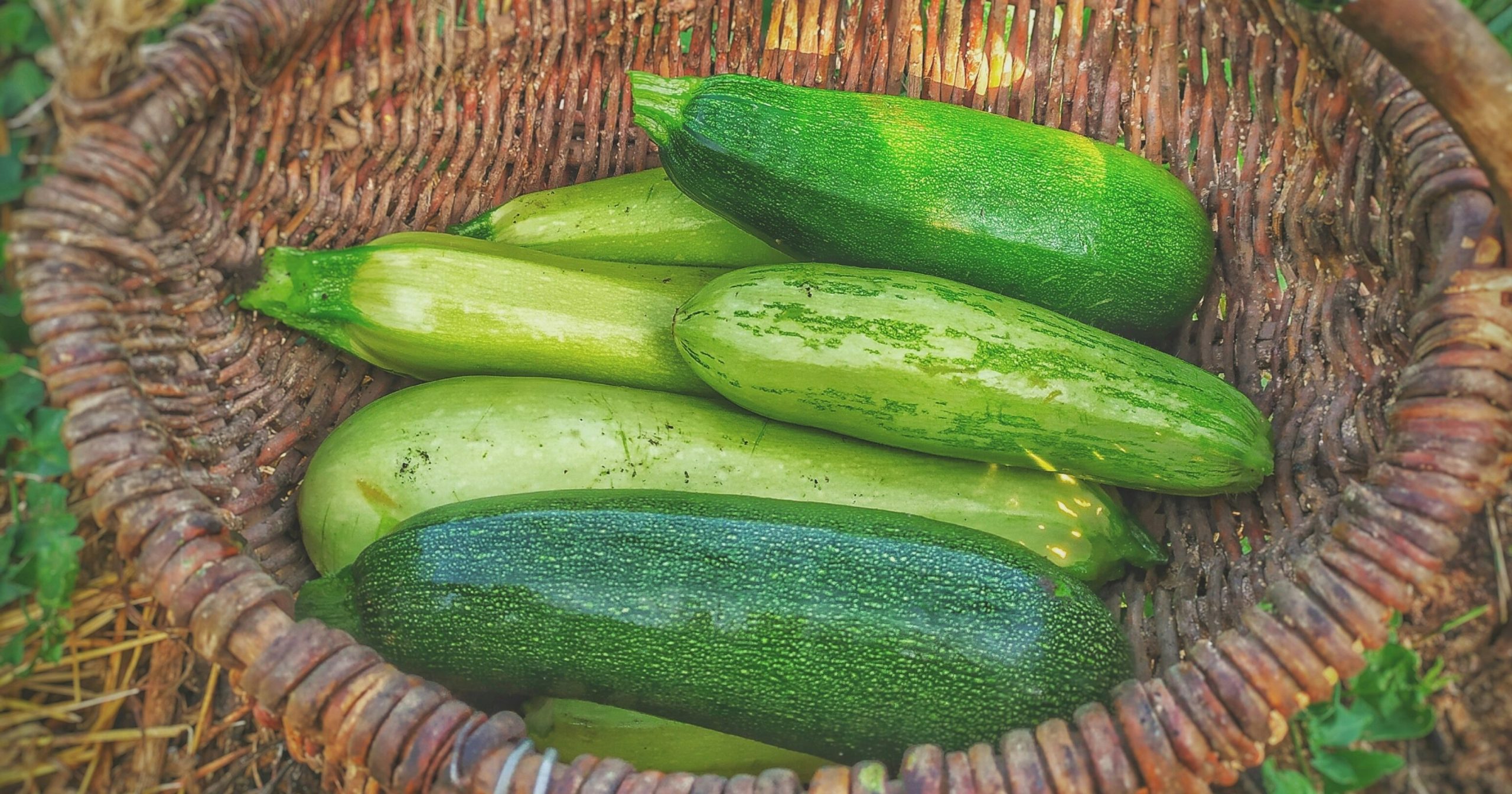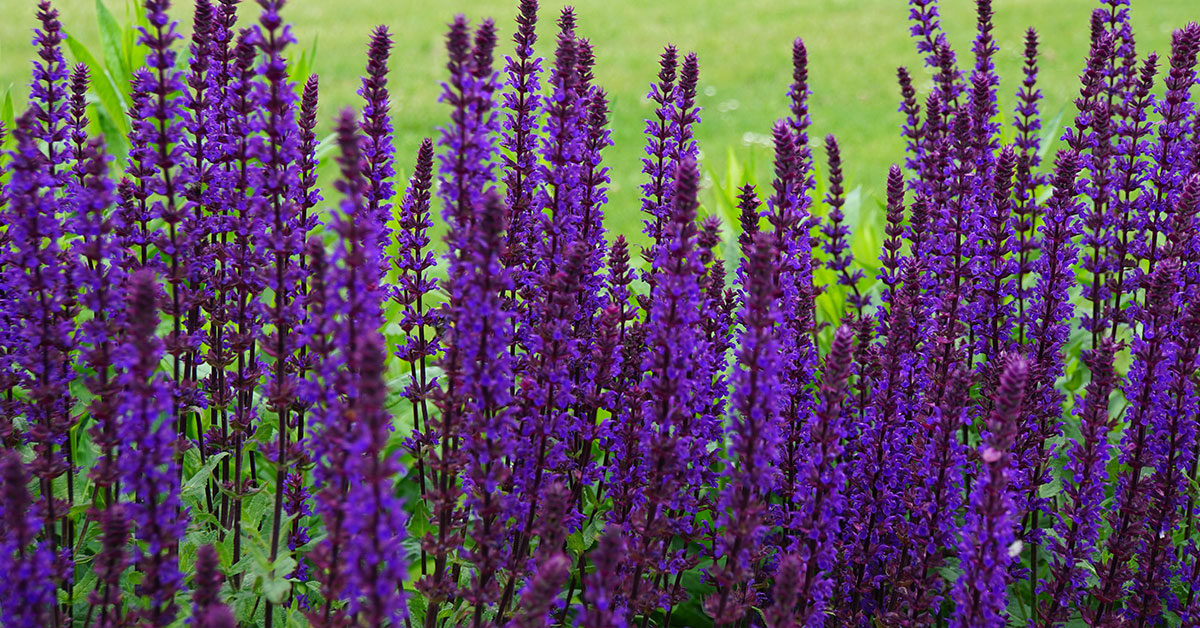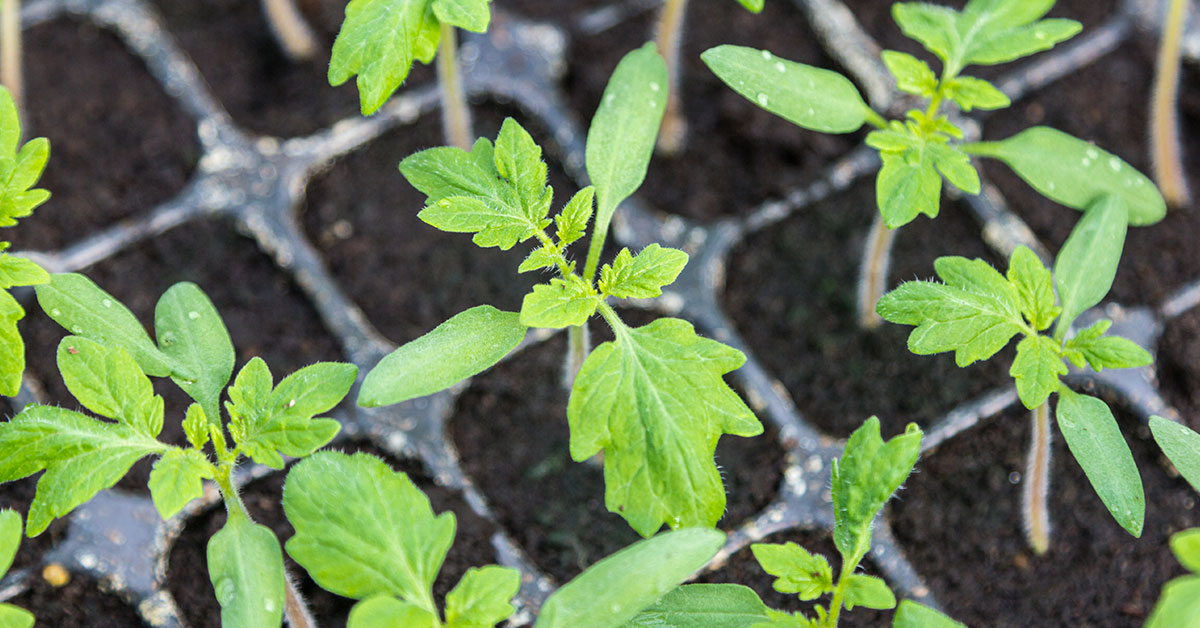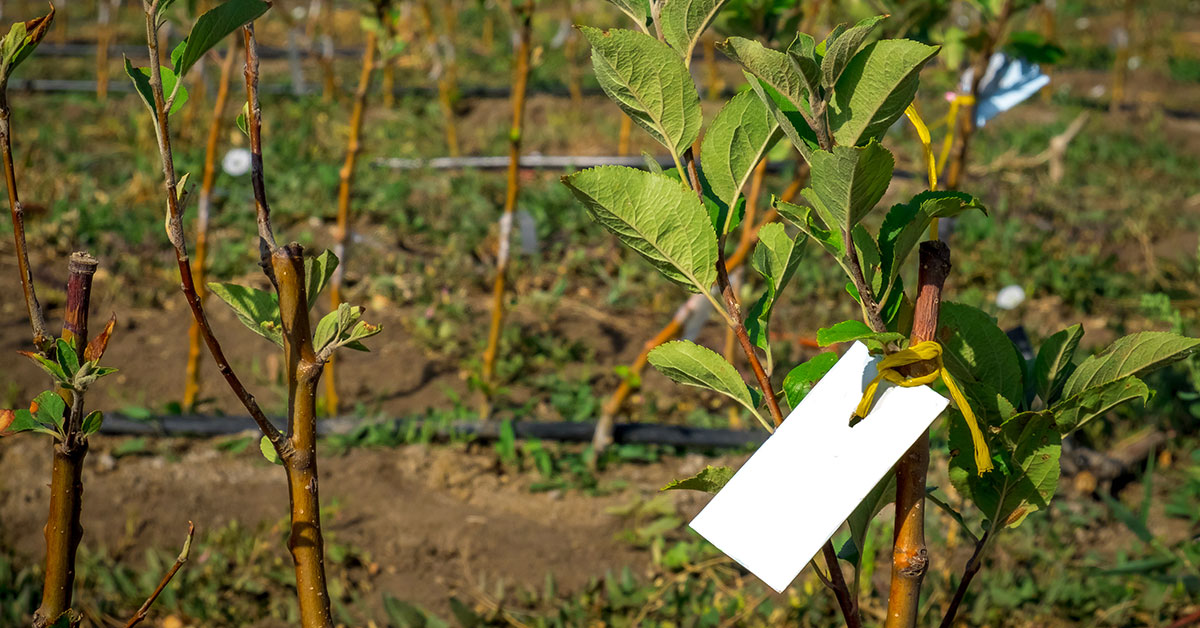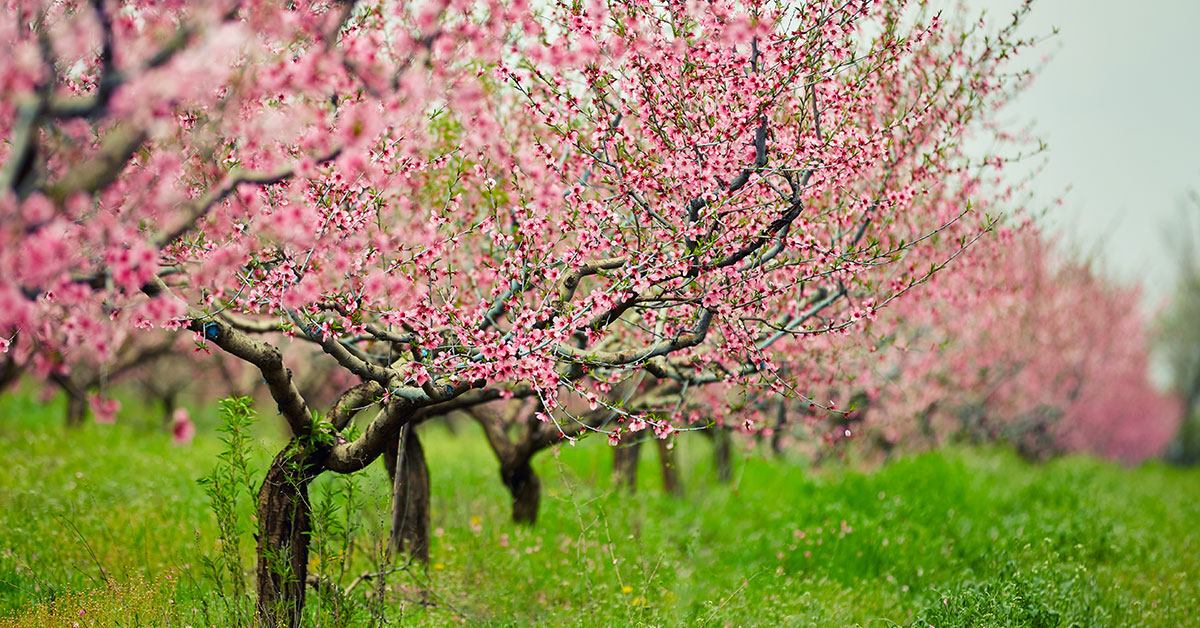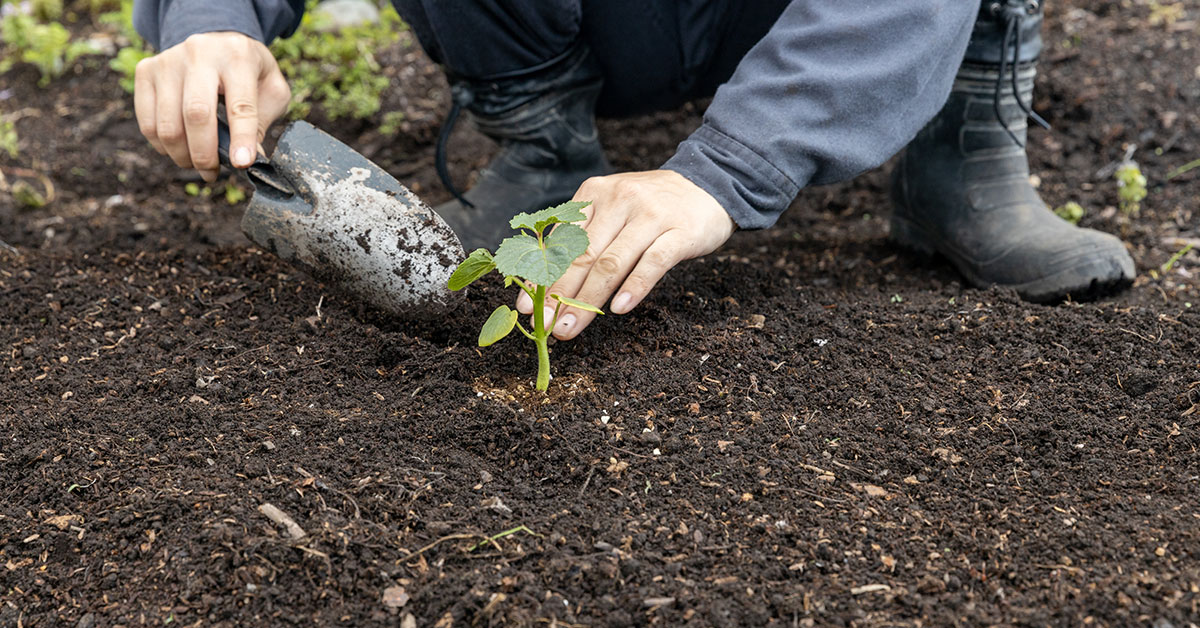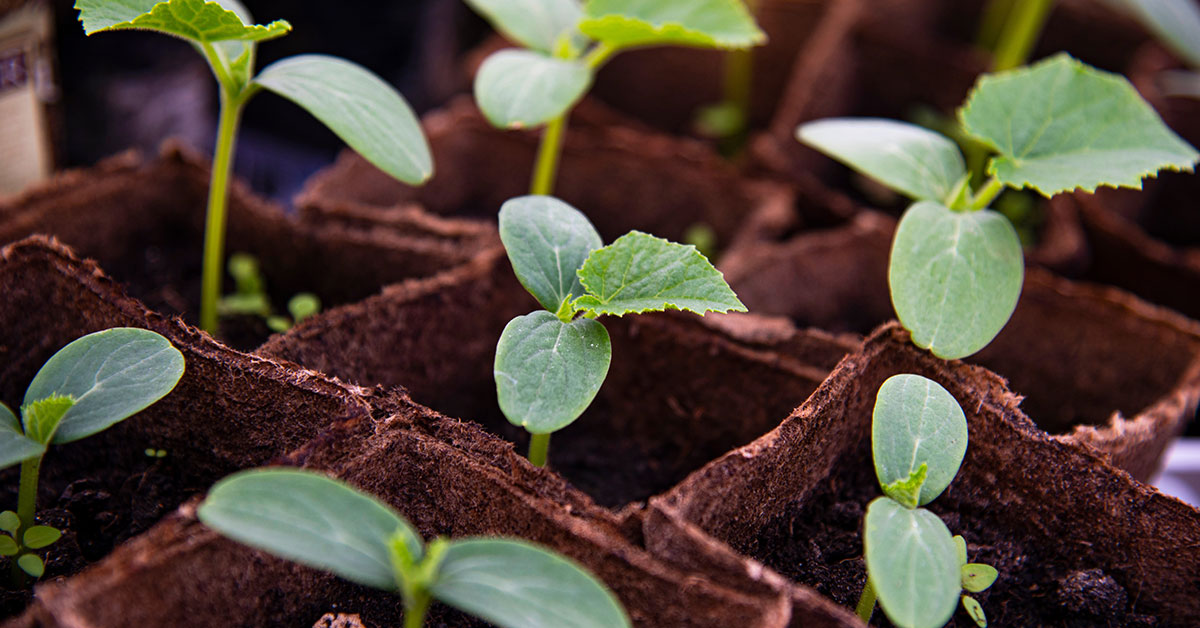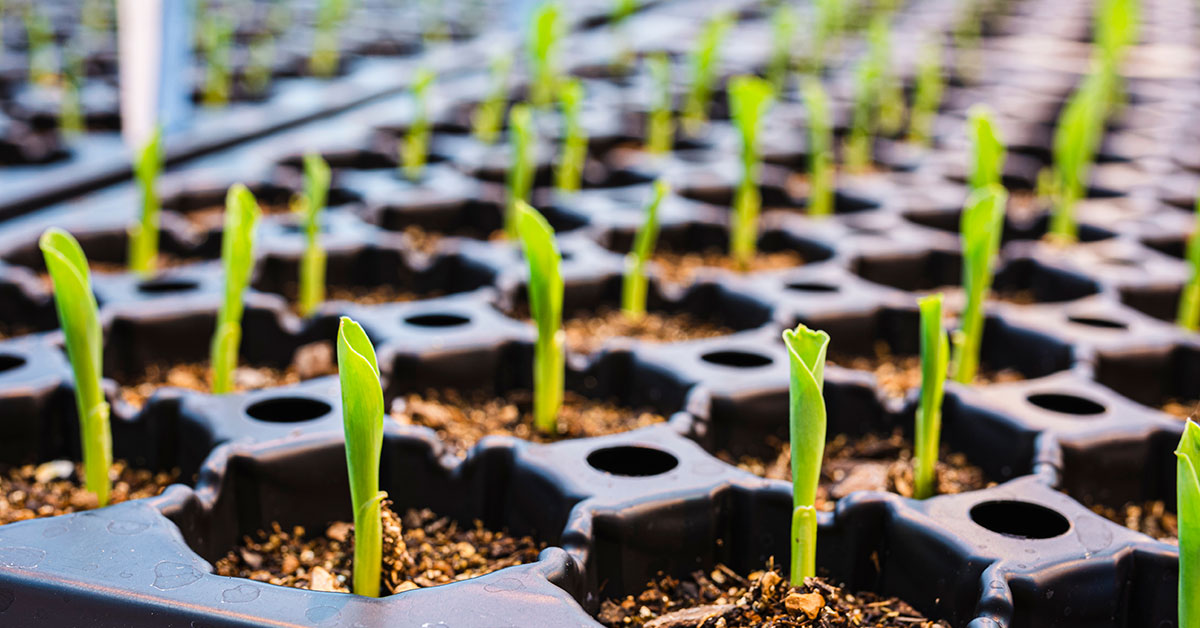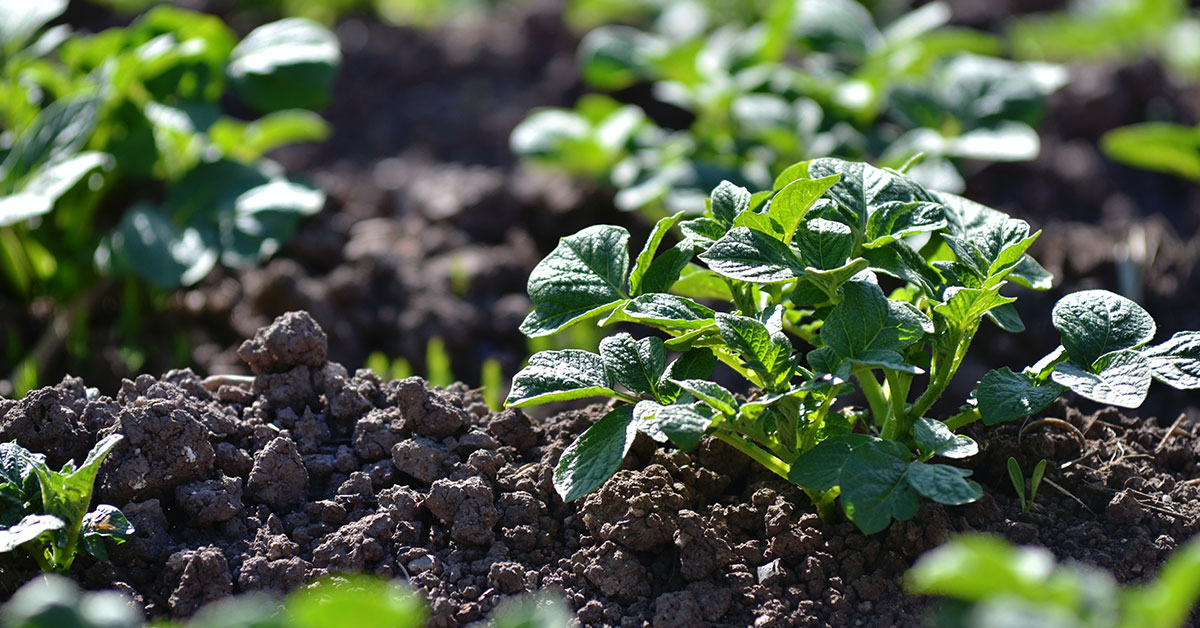Growing pumpkins can be a fun and rewarding experience, as there’s something magical about watching a tiny seed grow into a large and vibrant pumpkin. But it’s important to know when to plant pumpkins in zone 1! Whether you’re growing pumpkins for carving, cooking, or decoration, it’s important to know when to plant them both indoors and outdoors.
Starting seeds indoors can help get a jump start on the growing season, and may be necessary in cooler climates with shorter growing seasons like zone 1. However, transplanting seedlings outdoors too early can result in stunted growth or even death if the weather is still too cold.
On the other hand, waiting too long to plant pumpkins outdoors can also impact their growth and reduce the chance of a successful harvest. Understanding when to plant pumpkins both indoors and outdoors can help ensure a healthy and bountiful crop come harvest time.
When to plant pumpkins indoors in zone 1
If you want to get a head start on your pumpkin crop or live in a region with a shorter growing season, starting your pumpkin seeds indoors can be a great option. Generally speaking, you should aim to start your pumpkin seeds indoors about 4-6 weeks before you plan to transplant them outdoors. This timing will give the seedlings time to mature and develop strong root systems, without becoming too large or root-bound. In zone 1, you’ll want to start your pumpkin seeds indoors around April 23rd.
To start your pumpkin seeds indoors, you’ll need to gather some supplies, including seed-starting trays, seed-starting mix, and a grow light or sunny windowsill. Fill the seed-starting trays with the seed-starting mix, and plant one or two pumpkin seeds per cell, planting the seeds about 1 inch deep.
Place the seed trays in a warm, bright location, and keep the soil consistently moist. Once the seeds have germinated and developed their first set of true leaves, you can begin to fertilize them with a balanced fertilizer.
As the seedlings continue to grow, you may need to thin them out to one plant per cell to prevent overcrowding. It’s also important to harden off your seedlings before transplanting them outdoors, gradually exposing them to outdoor conditions over the course of several days to avoid shock. With proper care and attention, your indoor-grown pumpkin seedlings will be ready to transplant outdoors and continue their growth into mature, beautiful pumpkins.
When to transplant pumpkins outdoors in zone 1
Once your pumpkin seedlings have grown into sturdy plants and the weather has warmed up, it’s time to transplant them outdoors. Before transplanting, it’s important to make sure that the soil temperature is at least 60°F (15°C) and that there is no longer a risk of frost. The final frost date in zone 1 is June 4th.
To prepare your garden bed for pumpkin starts, choose a sunny location with well-draining soil. Add plenty of compost or well-rotted manure to the soil, as pumpkins are heavy feeders and require lots of nutrients to thrive.
When planting your pumpkin starts, make sure to space them about 3-5 feet apart, depending on the variety. Dig a hole that is slightly larger than the root ball of the seedling, and place the seedling into the hole, making sure to bury it up to its first set of true leaves. This will encourage the plant to develop a strong root system and establish itself in the soil.
After planting, water your pumpkin starts thoroughly and regularly, making sure to keep the soil consistently moist but not waterlogged. Adding a layer of mulch around the plants can help retain moisture and prevent weeds.
As the pumpkin plants continue to grow, you may need to provide additional support in the form of trellises or cages to keep the vines from sprawling too far and taking up too much space. With proper care and attention, your pumpkin starts will grow into mature plants and produce beautiful, healthy pumpkins just in time for harvest season.
